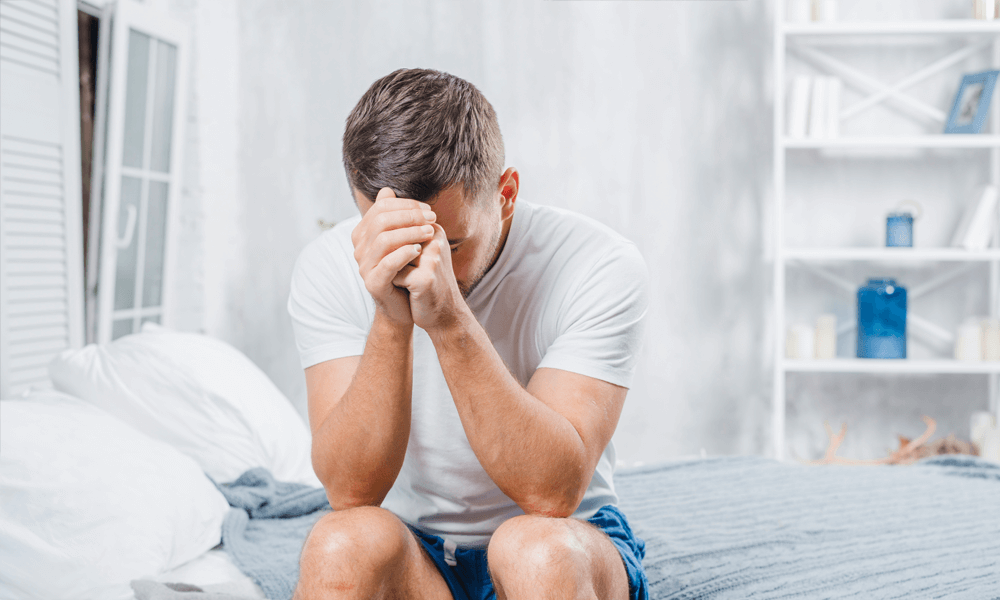Anorgasmia is a sexual dysfunction characterized by the persistent difficulty or inability to reach orgasm, even with adequate sexual stimulation and present arousal. Not reaching orgasm once or a few times doesn’t define the condition — it causes emotional distress and occurs in at least 75% of sexual encounters over approximately six months.
Types of Anorgasmia
According to specialists, there are four main types:
-
Primary: Orgasm has never occurred, not even during masturbation.
-
Secondary (acquired): The person used to reach orgasm but no longer does.
-
Generalized: Inability to orgasm in any situation.
-
Situational: Orgasm only occurs in specific circumstances (e.g., only with toys, only with a partner, but not during masturbation).
Physical and Medical Causes
Several organic factors may affect orgasm:
-
Neurological issues (multiple sclerosis, cancer, Parkinson’s, spinal cord injuries)
-
Chronic illnesses (diabetes, circulatory problems, hypertension, heart conditions)
-
Surgeries or pelvic trauma (hysterectomy, prostatectomy, sports injuries)
-
Hormonal imbalances (menopause, low testosterone, thyroid dysfunctions)
-
Side effects from medications such as SSRIs (antidepressants), antihypertensives, and antipsychotics
Psychological and Emotional Causes
The mind is also a key component:
-
Anxiety, depression, chronic stress
-
Body image issues and insecurity
-
Past trauma, especially sexual abuse
-
Relationship conflicts, lack of intimacy or communication
-
Cultural factors or negative sexual beliefs
How Is It Diagnosed?
Diagnosis involves:
-
Comprehensive medical assessment — health history, medications, physical and lab exams
-
Psychological evaluation — identifying stress, trauma, or relationship issues
-
Discussion of sexual experience — types of stimulation, frequency, intensity, and context
Professionals like gynecologists, urologists, endocrinologists, and sex therapists may be involved in the process.
How to Treat Anorgasmia
A) Lifestyle Changes
-
Reduce alcohol, tobacco, and recreational drugs
-
Exercise, improve sleep, reduce stress
-
Sexual education and guided body exploration (e.g., directed masturbation);
B) Therapy
-
Cognitive-behavioral therapy (CBT) to reframe negative thoughts
-
Sex therapy and sensate focus to reconnect physical intimacy and pleasure
-
Couples therapy to improve sexual communication
C) Medical Interventions
-
Adjust medications with adverse sexual effects
-
Hormone therapy (estrogen or testosterone) in specific cases
-
Pelvic physical therapy to improve muscle control
-
Topical or assistive medications (vibrators, lubricants)
When to Seek Professional Help
- If there is ongoing distress or impact on quality of life
- If orgasms are absent in desired contexts for several months
- If additional symptoms appear (pain, hormonal changes, side effects)
Final Considerations
Anorgasmia is common — but treatable. With a multidisciplinary approach — including physical, emotional, and relational health — most cases show significant improvement or resolution.
If you’re facing this issue, know that you’re not alone. Seeking medical and emotional support may be the first step toward experiencing full pleasure and satisfaction again.




Comments
Post a Comment